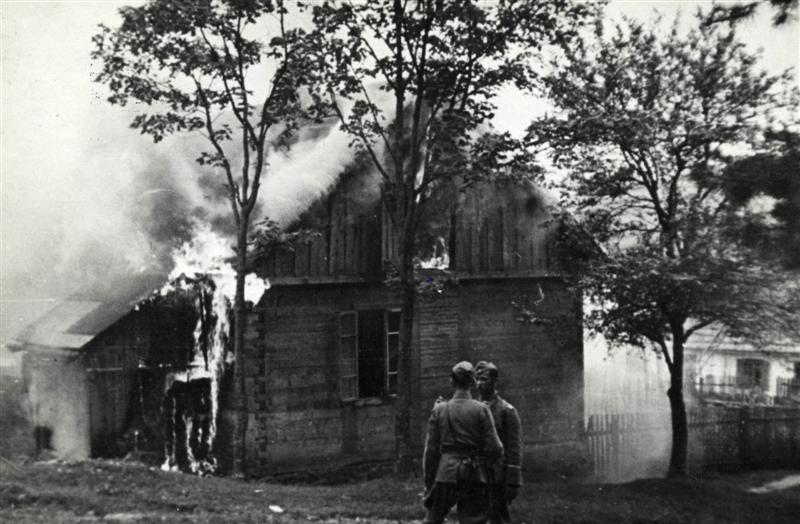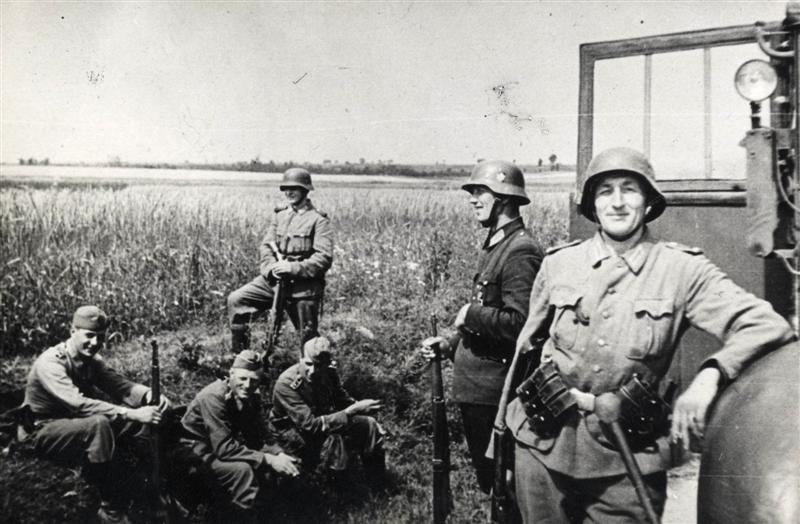Museum
Michniów Pacification
Dramatic events took place in Michniów on 12 and 13 July 1943. The village was pacified by German police units.
Within two days, the Germans murdered 204 people: 103 men - mostly burned alive, 53 women and 48 children, as many as ten of them were less than 10 years old. The youngest victim was a nine-day Stefanek Dąbrowa, thrown by a German military policeman into a burning barn.
The murder of the villagers was a revenge for their help to partisan units, as well as belonging to the Home Army and Peasant Battalions. The Germans did not murder eleven people against whom they had specific suspicions of underground activity. These people were taken to Auschwitz, where six of them died. Eighteen young girls were deported to forced labor in the Reich.
The village, after being sacked, was burned to the ground. Reconstruction and cultivation of fields in Michniów was forbidden. The remains of those murdered rest in a mass grave, on which a stone board was placed right after the war with the names of the victims.
In autumn 1979, during the meeting of the Nazi Crimes Investigation Committee, arose the idea to organize a nationwide Mausoleum of Combat and Martyrdom of Polish Village in Michniów during World War II. In 1983, a social committee for the construction of the Mausoleum was established, and in 1990 the Foundation - Monument of the Mausoleum of Polish Martyrdom. In 1993, in 50th anniversary of the pacification, the "Pieta Michniowska" monument was dedicated.
In 1997, in place of the previous modest chamber of remembrance, which was in a wooden hut, the House of National Remembrance was created. A research center collecting documentation of the martyrdom of the Polish countryside during World War II found its place in it. The mausoleum is also a symbolic cemetery where every martyr's Polish village sets its cross. Michniów has been a branch of the Kielce Village Museum since 1999. In 2010, the modernization of the mausoleum began, which was co-financed by the Ministry of Culture and National Heritage.






 Zakup współfinansowany ze środków Unii Europejskiej w ramach Europejskiego Funduszu Rozwoju Regionalnego na lata 2014 – 2020
Zakup współfinansowany ze środków Unii Europejskiej w ramach Europejskiego Funduszu Rozwoju Regionalnego na lata 2014 – 2020